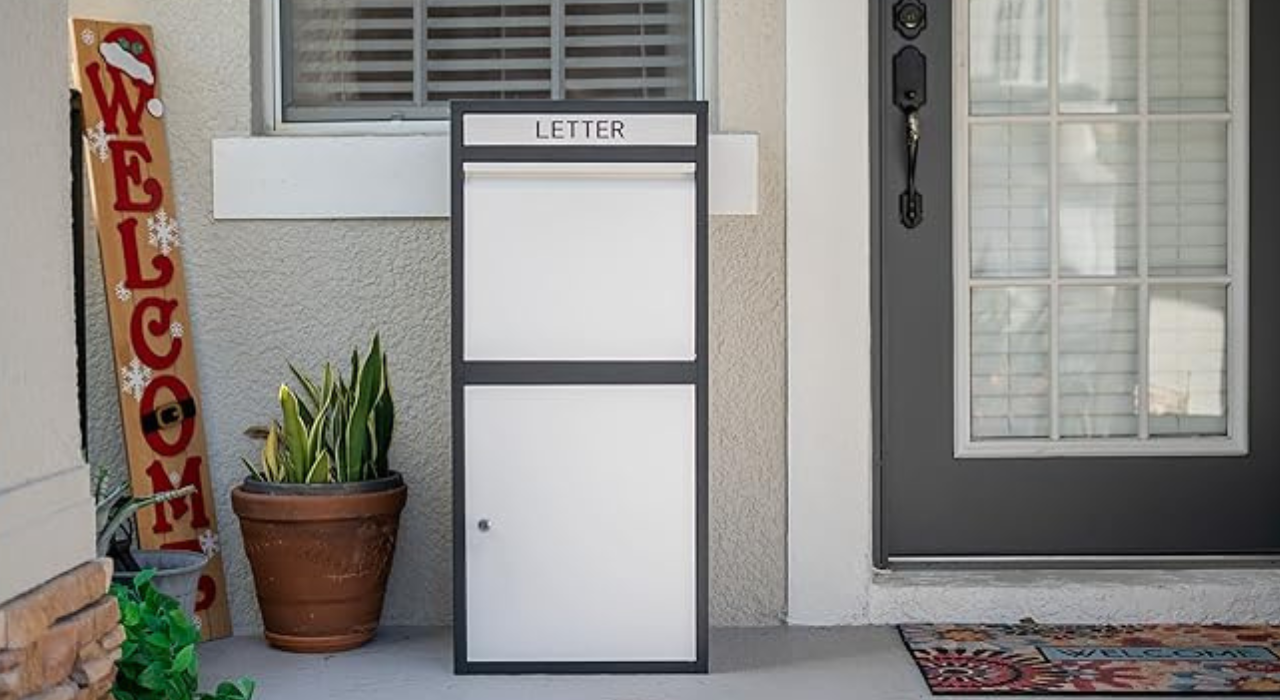Inside the world of coordination and shipping, the arranged bundle conveyance box producer and texture choice of bundle transport boxes play a fundamental portion in ensuring the security and capability of thing transportation. The package delivery box manufacturer choice of materials impacts not because of the quality and value of the bundling but also the normal impression and cost-effectiveness. This article jumps into the common materials utilized in the era of bundle transport boxes, exploring their properties, focuses of intrigue, and applications.
Common Materials Utilized in Bundle Movement Boxes
Bundle transport boxes are made from a collection of materials, each chosen for its specific benefits. Layered cardboard is well known for its quality and adaptability. Kraft paper offers an intense and eco-friendly elective. Plastic gives clamminess resistance and robustness, though foam incorporates cushioning for sensitive things. Metal is utilized for high-value things requiring extra affirmation, and composite materials combine different substances to make strides in execution. Each texture plays an essential portion in altering affirmation, taking a toll, and having a natural impact.
Layered Cardboard
Layered cardboard is one of the first broadly utilized materials for bundle transport boxes. Composed of a fluted layer of paper sandwiched between two liner sheets, layered cardboard offers a tall strength-to-weight extent, making it idealize for guaranteeing stock amid travel. Its assistant judgment licenses it to stand up to essential weight and impact, which is urgent for guarding fragile things. Moreover, collapsed cardboard is lightweight and cost-effective, contributing to diminished shipping costs. It is exceedingly customizable, allowing distinctive sizes and plans, and can be printed with branding or thing information.
Kraft Paper
Kraft paper, inferred from the kraft pulping arrangement, is another texture frequently utilized in bundling. Known for its quality and quality, kraft paper is routinely utilized within the era of shipping packs and wraps. Its characteristic brown color and surface donate a common, eco-friendly appearance. Kraft paper's resistance to tearing and puncturing makes it sensible for guaranteeing things amid travel. Moreover, kraft paper is biodegradable and recyclable, altering viability destinations and diminishing its characteristic impact. It is frequently utilized in combination with other materials to move forward bundling quality and quality.
Plastic
Plastic materials, including polyethylene, polypropylene, and polycarbonate, are continuously utilized in bundle movement boxes due to their quality and water resistance. Plastic boxes offer overwhelming confirmation against clamminess and debasement, making them idealize for shipping things that are sensitive to common conditions. They are in addition significantly secure to influence and can be molded into distinctive shapes and sizes. Though plastic bundling gives astounding security and quality, its common impact can be an essential concern. In any case, headways in reusing development and the progression of biodegradable plastics are tending to a couple of these issues.
Foam
Foam materials, such as polyurethane and polystyrene, are commonly utilized as cushioning master interior bundle transport boxes. Foam gives awesome daze maintenance, decreasing the chance of hurting sensitive things amid transportation. It is routinely utilized in conjunction with other bundling materials to make a multi-layer cautious system. Foam can be molded to fit specific thing shapes, ensuring a cozy and secure fit. Despite its ampleness, foam's normal impact remains a challenge, as various sorts of foam are not biodegradable. In any case, recyclable and biodegradable foam choices are becoming more available.
Metal
Metal bundling, tallying aluminum and tin, is utilized for certain sorts of things that require solid affirmation. Metal boxes are exceedingly solid and give fabulous resistance to physical hurt, moistness, and temperature assortments. They are commonly utilized for high-value things, such as contraptions or pharmaceuticals, where confirmation is imperative. Metal bundling can be more exorbitant than other materials, but its overwhelming protective qualities and long-life anticipation legitimize the taken toll for specific applications. Besides, metals are recyclable, publicizing a more maintainable choice compared to several other materials.
Composite Materials
Composite materials combine diverse substances to move forward the execution of bundle transport boxes. These materials can consolidate combinations of paper, plastic, and foam, laid out to optimize quality, strength, and cushioning. For outline, a composite box might highlight a layered cardboard exterior with a foam lining for included affirmation. The adaptability of composite materials grants makers to tailor bundling courses of action to meet specific prerequisites, such as included cover or moved forward resistance to common factors. While composite materials can offer predominant execution, their complexity can moreover increment era costs.
Conclusion
The choice of materials for bundle movement boxes may be a basic choice that impacts the common practicality and practicality of the bundling course of action. From the broadly utilized layered cardboard and kraft paper to plastics, foam, metal, and composites, each texture offers unmistakable focuses of intrigues custom-fitted to different bundling needs. The choice of texture depends on factors such as the nature of the thing, required affirmation, considerations, and normal impact. As bundling development continues to progress, headways in materials and plans will play a significant portion in making strides in the viability and supportability of bundle transport systems. Understanding the properties and applications of these materials makes a distinction between makers and businesses making taught choices, in the long run, driving to better security for things and decreased common influence.


